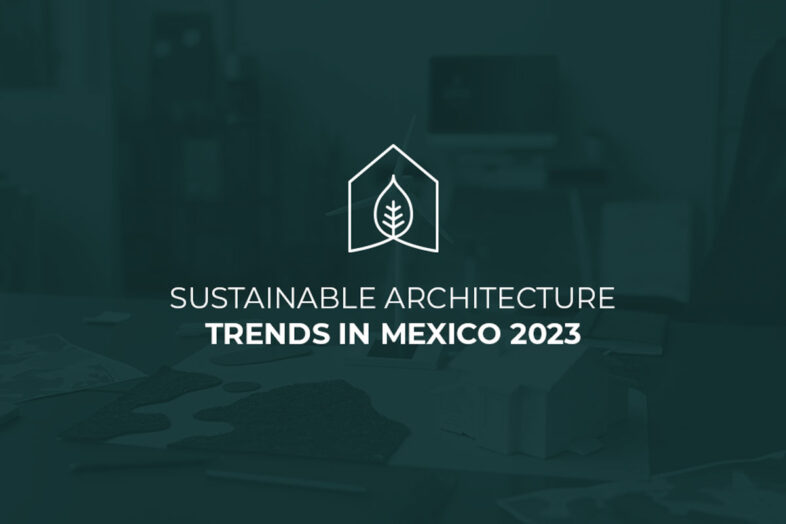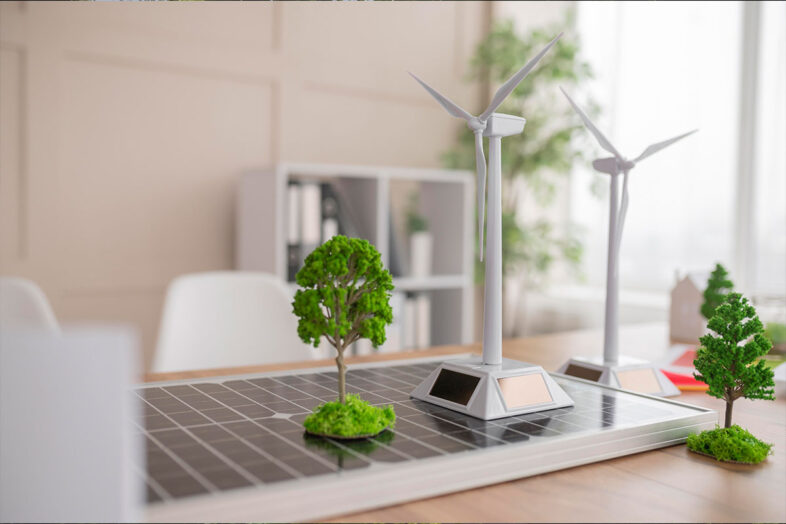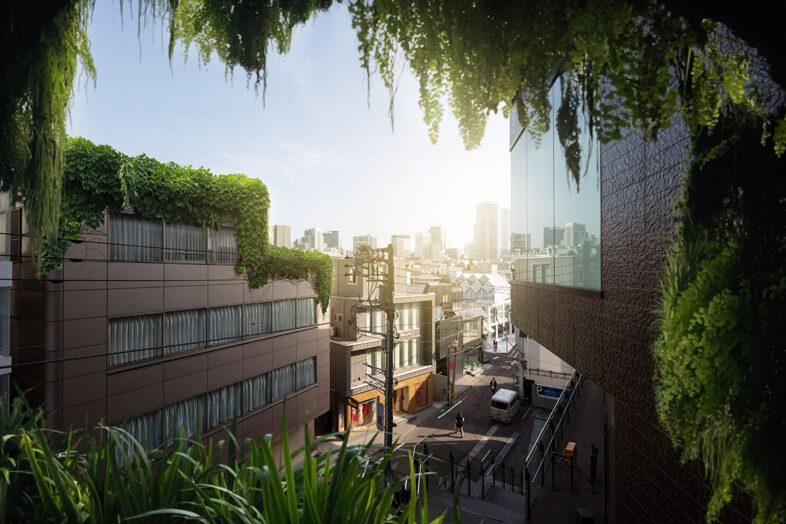- August 30, 2022
- 373
- Eco News
The latest sustainable architecture trends will change the way we build and interact with our environment.
As a result, sustainable architecture trends will be more important than ever. These include:
- Increasing the use of natural materials such as wood and stone in construction
- Reducing the consumption of electricity by improving insulation and increasing energy efficiency through better design practices
- Creating buildings that are more adaptable to climate change by using materials that can withstand extreme weather conditions.
Here are some of the most exciting changes coming to construction in 2023:
1. Mass timber continues to rise in popularity.
As the world’s population continues to climb, and climate change increases the frequency of extreme weather events, the need for more sustainable architecture becomes more pressing. Mass timber is one building material that has been shown to be incredibly efficient in terms of energy usage and resource consumption, but it is also gaining popularity because it can be used for tall buildings like skyscrapers.
Mass timber is engineered wood that is stronger and more durable than traditional wood; it’s also lighter than steel or concrete, making mass timber a good option for tall buildings. This environmentally friendly material will likely continue gaining popularity as developers innovate new ways to use mass timber; currently, most buildings made with this material are less than 10 stories high (though there are taller ones in planning).
Although mass timber has been used since ancient times—the Egyptians used it to build some of their pyramids—the modern technology was invented by Austrian architect Fritz Leonhardt in 1963 when he mixed cement with sawdust from a local lumber mill to create an alternative building material that was stronger than conventional lumber but cheaper than steel or concrete.
2. 3D printing of structures keeps advancing.
3D printing is a technology that allows you to print objects in three dimensions. It is used in construction, medicine, and manufacturing. The 3D printing industry is growing rapidly, with the number of 3D printers expected to jump from 12 million units in 2020 to 23 million units by 2025.
3D printed buildings have been built for years and are becoming more common every day. A large part of this trend can be attributed to increased access to affordable industrial-grade printers as well as new construction techniques that make it easier than ever before for architects and builders alike to incorporate architectural elements into their designs that would otherwise be impossible or prohibitively expensive using traditional methods.
3. Materials like hemp and bamboo get creative.
Bamboo and hemp are two materials that are getting creative. Bamboo is a fast-growing grass that can be used for building materials, while hemp is a plant that can be used for building materials. Both of these materials are naturally insulating, which means they help keep buildings cool during the summer and warm during the winter.
Bamboo and hemp can also be used in flooring applications such as floor tiles or even as accent pieces because of their versatility and look.
4. Cradle to cradle principles are more popular than ever.
Cradle to cradle principles are more popular than ever. These are a way of designing products so that they can be reused, recycled and composted at the end of their useful life. They were first coined by German chemist Michael Braungart and American architect William McDonough in a 1999 book called Cradle to Cradle: Remaking the Way We Make Things. Today, companies like Adidas and Nike have adopted these principles when making their shoes.
5. Cement is reducing its carbon footprint.
The cement industry is a major contributor to carbon dioxide emissions, accounting for 5% of all CO2 emissions. Cement is produced by crushing and heating rocks that contain calcium carbonate, a compound found in limestone. This process releases carbon dioxide and other greenhouse gases into the atmosphere.
However, there are new technologies being developed that will reduce the carbon footprint of cement production by capturing and storing CO2 before it enters our atmosphere. These new technologies include carbon capture, utilization and sequestration (CCUS).
CCUS systems use chemical processes to separate CO2 from coal-fired power plants or industrial sources like steel mills before burning them as fuel instead of releasing them into the atmosphere where they cause climate change-related problems such as sea level rise or increased drought conditions in certain regions around the world.
6. Digital fabrication gains wider acceptance.
In the coming years, digital fabrication will become more common in the construction of buildings. Digital fabrication is a way to manufacture products faster and more efficiently than traditional methods. For example, it can be used to make complex parts for large buildings like skyscrapers or bridges that were previously only possible through manual labor. While this technology is already being used across many industries like robotics and aviation, it’s likely that we’ll see a greater adoption of digital manufacturing practices in architecture due to its unique requirements for precision and detail when constructing large physical structures.
The future of construction will undoubtedly involve increased use of this technology as well as other emerging technologies such as 3D printing or augmented reality modeling tools that help architects visualize their designs before they’re built into reality.
7. Glass continues to become more sustainable and efficient.
- Glass continues to become more sustainable and efficient thanks to new technology and materials like smart glass and energy-saving coatings.
- Glass is a renewable resource, as it can be produced using sand, which is available in abundance around the world.
- It’s durable, recyclable and fire resistant – plus it offers excellent thermal insulation properties that make it a great insulator.
- And because glass is transparent, it allows natural light into your home (which also reduces your need for artificial lighting).
8. Solar power increases, from solar facades to the use of concrete with integrated solar cells (called “solar concretes”).
As the world continues to become more and more aware of the need for a sustainable energy source, solar power is an obvious choice. In Mexico City, you can already see this type of architecture being implemented in the form of solar facades on buildings. In addition to this, there are also concrete materials that have integrated solar cells (called “solar concretes”) that allow for even more efficient buildings and structures.
We’re already seeing the beginning of construction waste reduction through deconstruction, floating buildings, and adaptable designs that allow for repurposing, reuse, and even relocation of buildings or their parts as needs change over time – a trend that will only continue in 2023 and beyond as we look for ways to have a lighter footprint on the earth.
These trends are just the beginning of what’s to come. Sustainable architecture is still in its infancy, with many innovations in materials, processes and techniques yet to be discovered. The future of sustainable architecture will continue to push us out of our comfort zone while bringing us closer to a more eco-friendly world free from waste and pollution.












